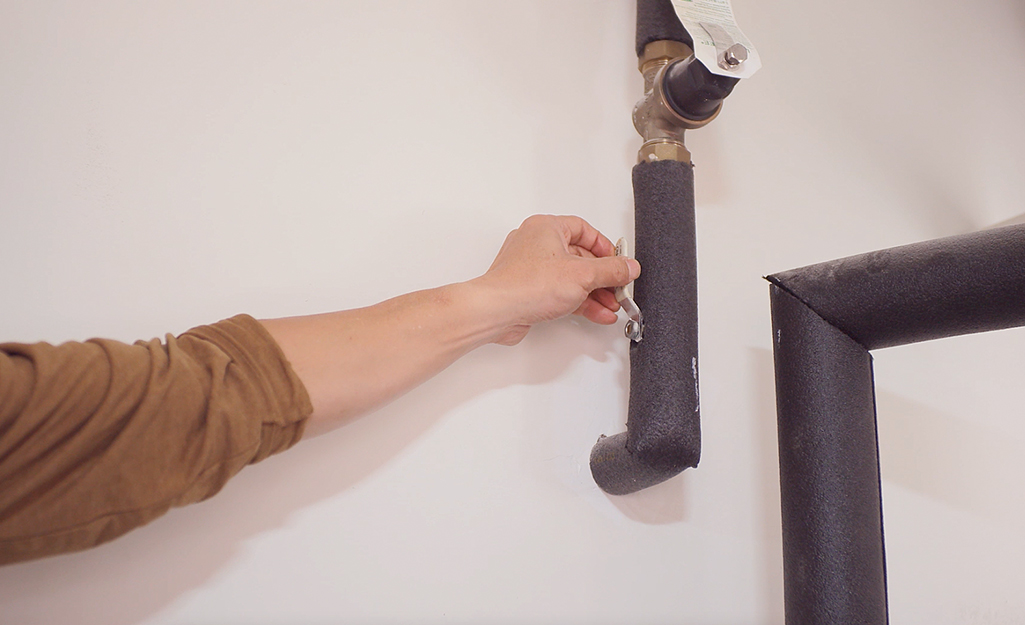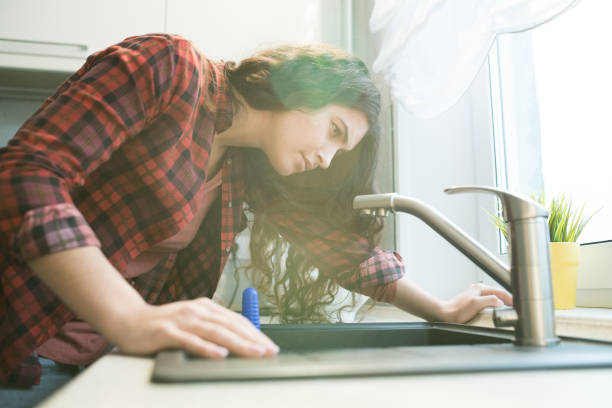How It's Mandatory to Resolve a Leaking Faucet
How It's Mandatory to Resolve a Leaking Faucet
Blog Article
The author is making a number of great annotation on Why It's Important to Fix Leaky Faucets in general in the content following next.

Leaking faucets may look like a minor trouble, but their effect exceeds just the annoyance of the noise. From wasting water to sustaining unnecessary economic expenses and health dangers, ignoring a leaking faucet can cause various effects. In this short article, we'll explore why it's important to address this typical home issue promptly and successfully.
Waste of Water
Environmental Influence
Trickling faucets contribute substantially to water wastage. According to the Environmental Protection Agency (EPA), a single tap leaking at one drip per second can lose more than 3,000 gallons of water per year. This not only strains water resources however likewise influences ecological communities and wild animals depending on them.
Financial Costs
Enhanced Water Expenses
Past the ecological impact, trickling taps can pump up water costs considerably. The built up waste with time equates right into greater utility expenses, which can have been avoided with prompt repair work.
Possible Building Damages
Furthermore, extended dripping can cause damage to components and surfaces surrounding the faucet. Water build-up can create discoloration, rust, and even structural concerns if left unattended, leading to extra repair expenses.
Health Worries
Mold and Mildew Growth
The constant existence of wetness from a dripping faucet develops an optimal environment for mold and mildew and mold development. These fungi not only compromise interior air quality but likewise position health threats, particularly for individuals with respiratory system conditions or allergic reactions.
Waterborne Illness
Stagnant water in leaking taps can come to be a breeding ground for bacteria and various other microorganisms, increasing the threat of waterborne conditions. Contaminants such as Legionella microorganisms prosper in stagnant water, potentially leading to serious diseases when ingested or breathed in.
Do it yourself vs. Professional Repair
Advantages and disadvantages of DIY Repair
While some might try to fix a trickling faucet themselves, DIY repair work include their very own collection of obstacles. Without appropriate knowledge and tools, do it yourself attempts can exacerbate the issue or result in incomplete repair services, prolonging the issue.
Advantages of Employing a Professional Plumber
Hiring a professional plumber makes sure that the underlying reason for the dripping tap is resolved successfully. Plumbings have the expertise and equipment to diagnose and fix tap concerns effectively, conserving time and lessening the danger of additional damages.
Step-by-Step Overview to Taking Care Of a Dripping Faucet
Tools Required
Prior to trying to repair a dripping tap, gather the needed devices, consisting of an adjustable wrench, screwdrivers, replacement components (such as washing machines or cartridges), and plumber's tape.
Typical Tap Issues and Their Solutions
Determine the sort of faucet and the certain concern creating the drip. Usual problems consist of damaged washing machines, rusty shutoff seats, or malfunctioning O-rings. Describe producer directions or on-line tutorials for detailed support on repair work.
Safety nets
Routine Maintenance Tips
To avoid dripping faucets, execute regular maintenance such as cleaning aerators, checking for leaks, and changing damaged parts quickly. Furthermore, consider mounting water-saving tools or upgrading to extra effective components.
Importance of Prompt Repairs
Addressing trickling faucets as soon as they're seen avoids additional water wastage and potential damage, ultimately conserving both water and cash in the long run.
Effect On Residential Or Commercial Property Value
Perception of Well-Maintained Residential Property
Keeping a home in good condition, consisting of resolving maintenance concerns like dripping faucets, enhances its viewed worth and charm among potential customers or tenants.
Impact on Resale Value
Characteristics with well-maintained plumbing fixtures, including taps, command greater resale worths in the realty market. Resolving leaking taps can contribute to a positive impression during residential property assessments and arrangements.
Ecological Obligation
Individual Contribution to Preservation
Taking duty for dealing with leaking taps straightens with more comprehensive efforts toward water conservation and environmental sustainability. Every person's activities jointly make a considerable impact on maintaining priceless sources.
Sustainable Living Practices
By prioritizing timely repairs and adopting water-saving habits, individuals add to lasting living techniques that profit both existing and future generations.
Final thought
Resolving a trickling faucet exceeds plain convenience; it's an essential action towards preserving water, minimizing financial costs, and securing wellness and residential property. Whether through DIY repair services or specialist support, acting to repair dripping taps is a tiny yet impactful means to advertise responsible stewardship of resources and contribute to a healthier, a lot more sustainable future.
Most Common Reasons for a Leaky Faucet and How to Stop the Drip
Whether it’s your kitchen faucet leaking or a bathroom faucet leaking, one leaky faucet can waste anywhere from three to 30 gallons of water every single day. If the constant drip-drip-drip doesn’t get your attention, your water bill will. The good news is that, by following a few simple steps, chances are pretty good you can fix the problem yourself.
Why is it dripping?
Before you start taking things apart, let’s break down some of the most common causes of a leaky faucet.
Bad O-ring.
A cartridge is a valve that controls the flow of water into the faucet spout. On cartridge faucets there’s an O-ring—the little disc attached to the stem screw that holds the faucet handle in place. If it’s loose or worn-out, it can cause your sink handle to leak. Of course, the cartridge itself could be worn out. If that’s the case, make sure you replace it with the exact same kind.
Corroded valve seat.
The valve seat connects the faucet and the spout. If the leak seems to be coming from the spout, it might be because a buildup of water sediment has corroded the valve seat.
Worn-out washers or seals.
A leaky spout could be caused by a bad washer that rests against the valve seat. It’s just a matter of time before friction takes its toll. It could also be the wrong size washer or one that’s been installed incorrectly. Water sediments can also corrode inlet and outlet seals.
Water pressure.
If the faucet only drips now and then, or when you turn the handles a certain way, you should probably check your home’s water pressure.
Loose or broken parts.
The adjusting ring and packing nuts in the stream screw can become loose over time, causing your sink handle to leak. Try tightening or replacing the packing nut. If the leak is coming from the pipes underneath the sink, you probably have a broken pipe or fitting. If that’s the case, you should definitely call a plumber.
Know your faucet.
Faucets come in a variety of types. Each one has its own assembly—and its own possible causes of leaks. Learning about the four most common kinds of faucets will help you know how to take them apart and make any repairs.
How to stop a leaky faucet
Fixing that leaky faucet doesn’t have to take a lot of time, money, or expertise. It’s usually a simple matter of replacing a worn-out washer or gasket, a loose O ring, or another part. Chances are really good you can do this yourself if you follow these simple steps.
Shut off the water.
Before you tackle the faucet, cut off the water supply to the sink. There should be one valve for hot and one for cold. Hand-turn them clockwise with your hands till they close. If there are no valves under the sink, head to the basement and shut off the main water supply to the house. Then turn on the faucet until it empties out the water that’s still in the line and you’re ready to start. It’s a good idea to cover the sink drain with a plug or a rag so you don’t lose any small pieces and parts while you’re working.

I discovered that blog posting about Leaky Faucets: Why They Happen & What to Do About Them while doing a lookup on the search engines. Do you know about another person who is enthusiastic about the niche? Be sure share it. Many thanks for your time invested reading it.
Report this page